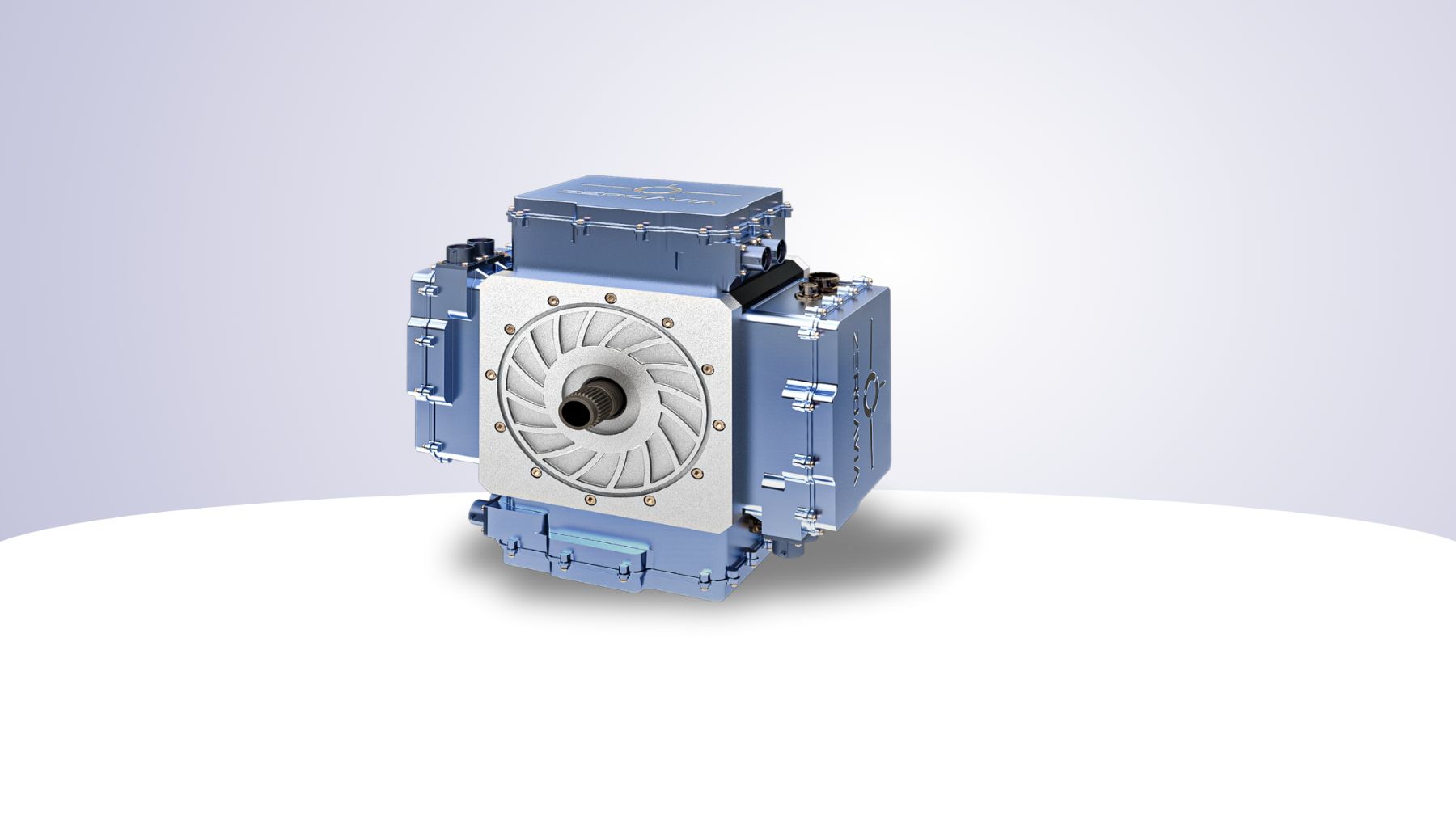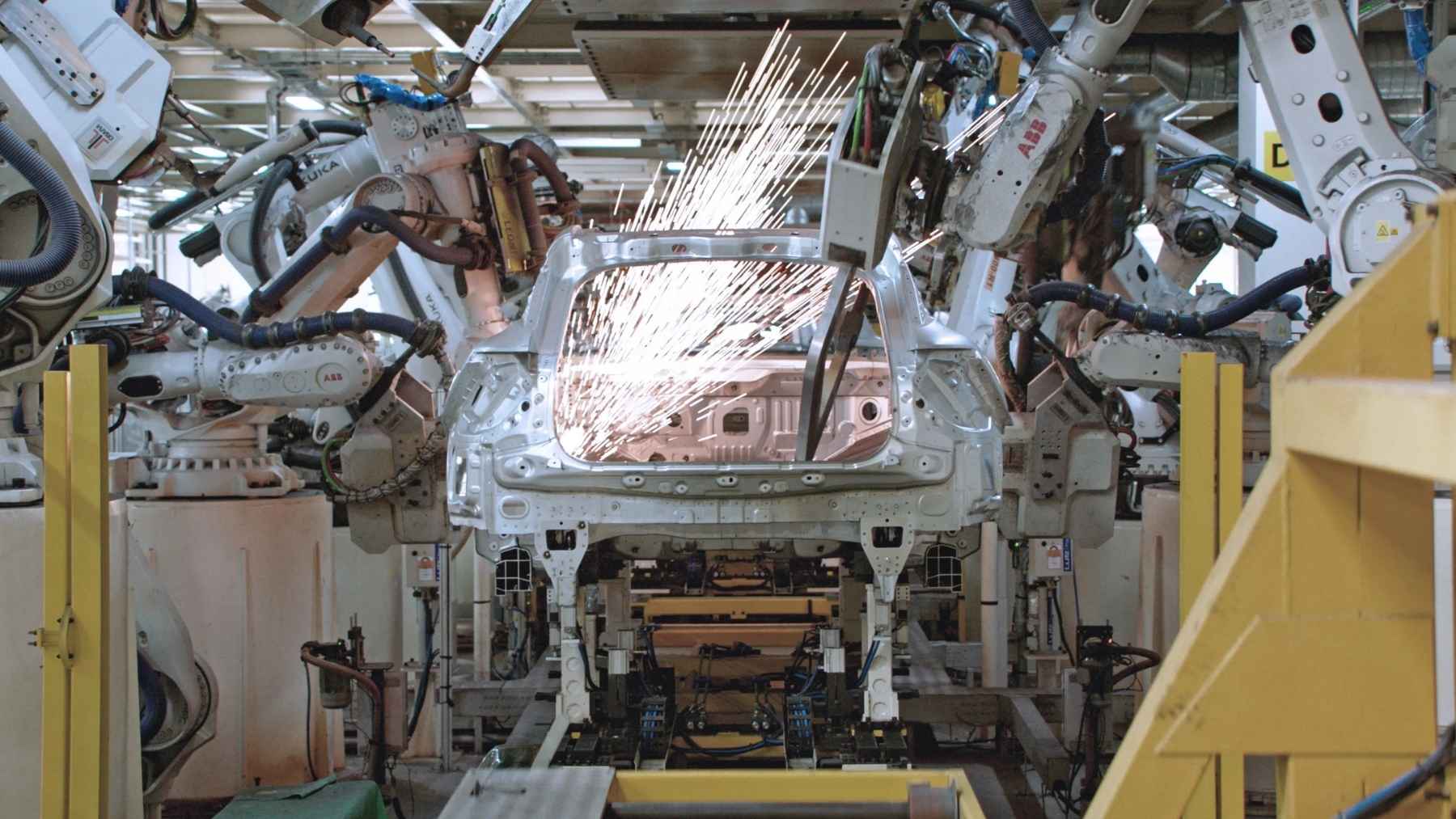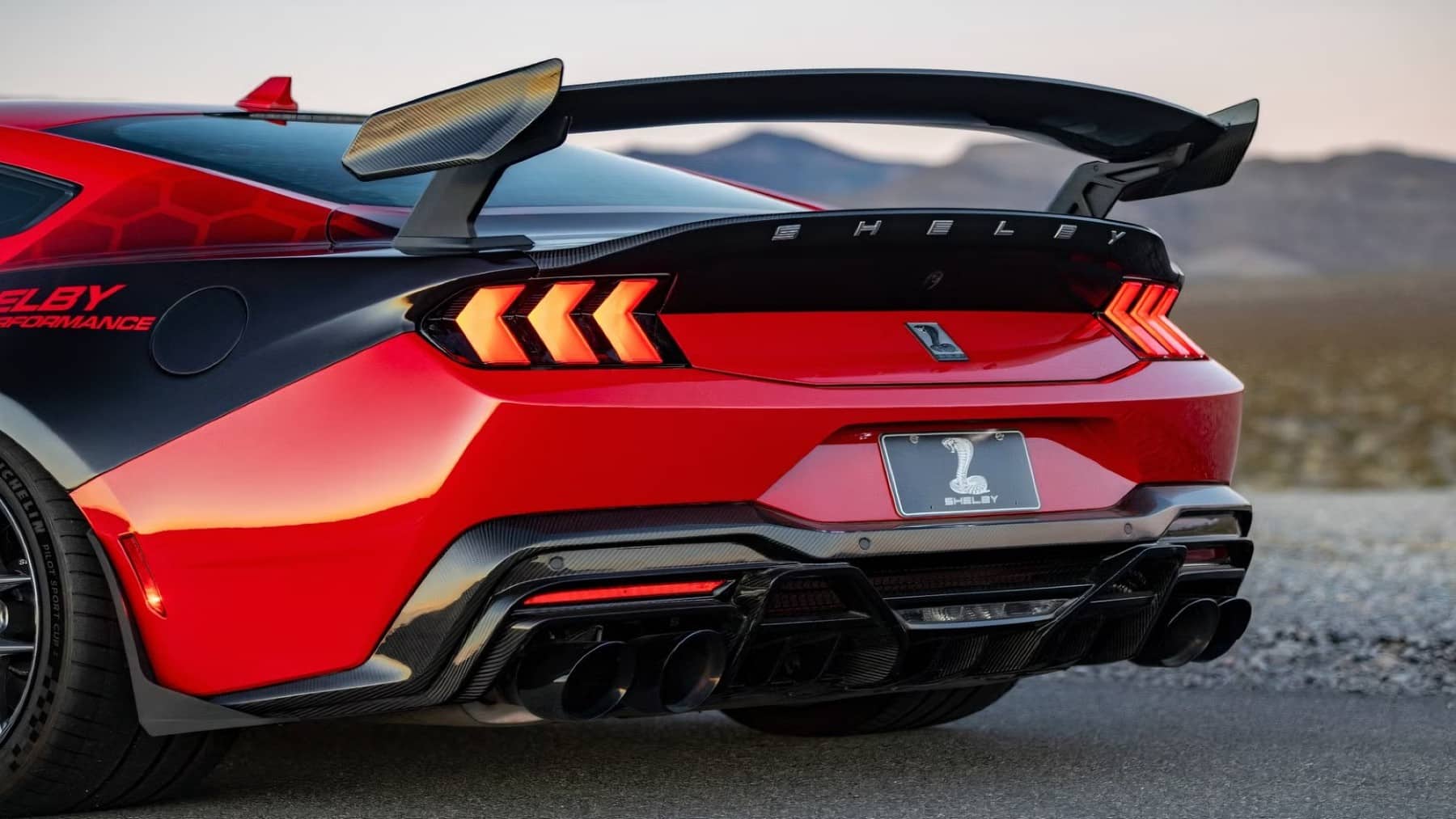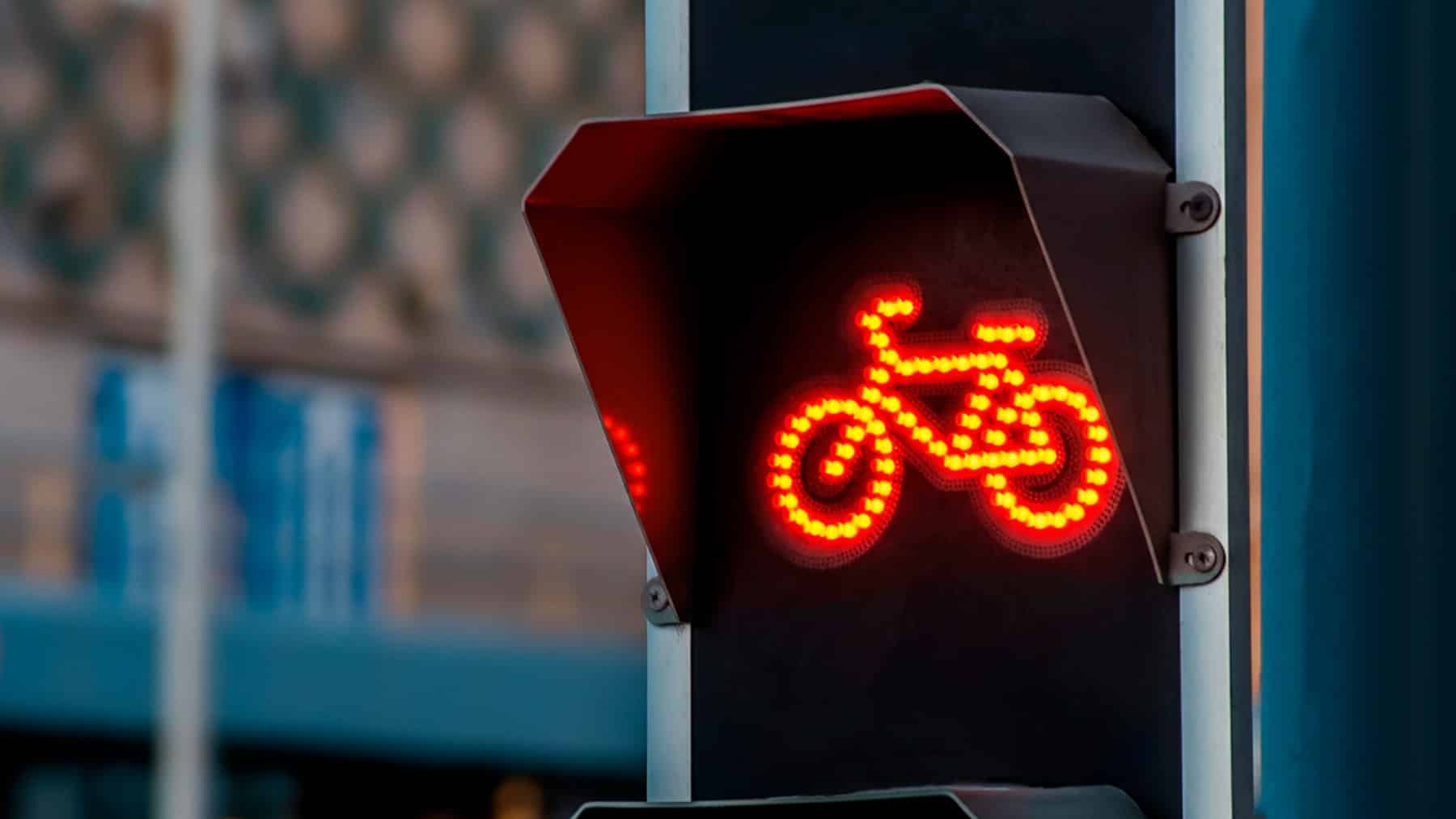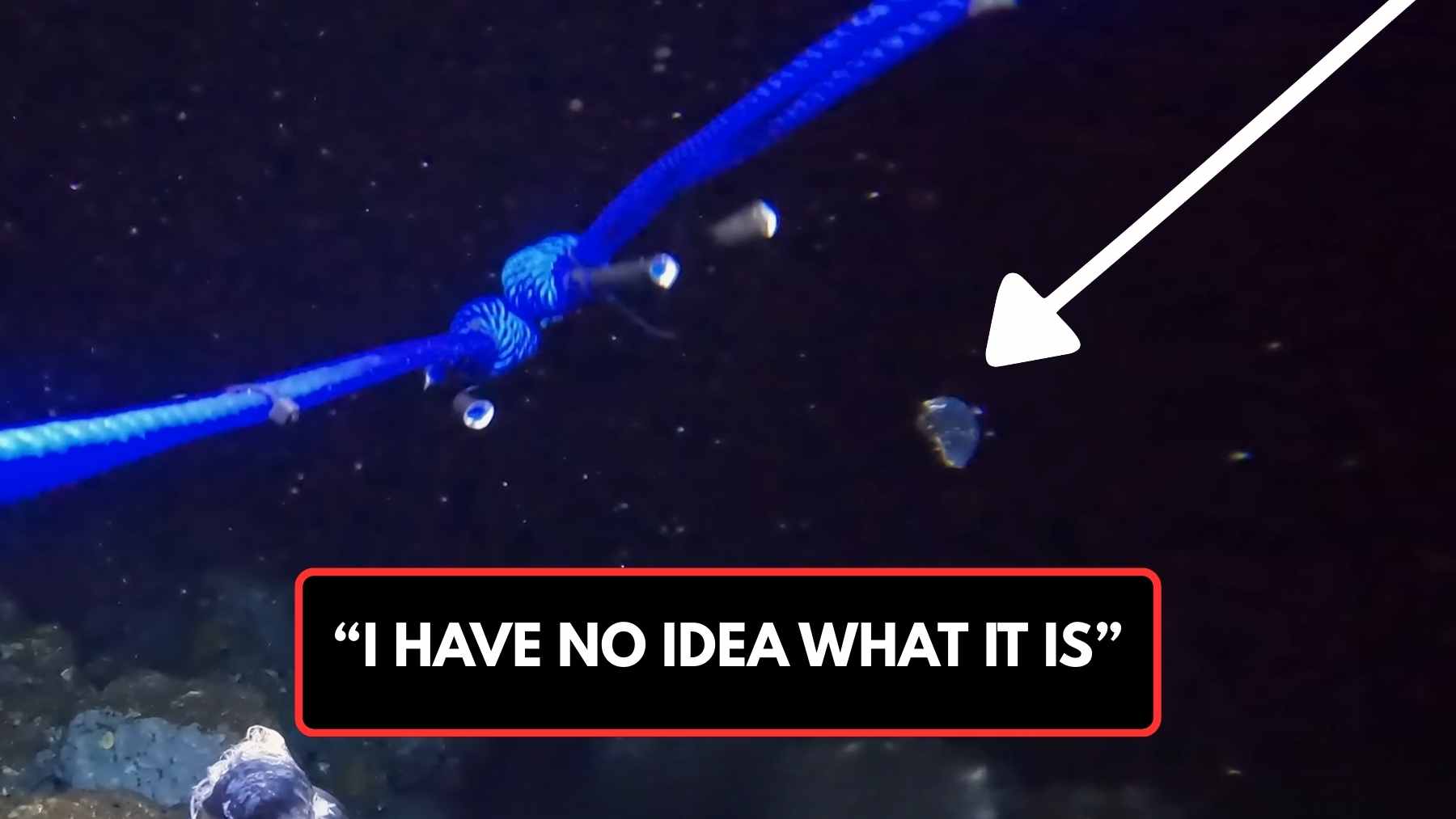As the world continues to look towards more sustainable solutions amidst climate change concerns, such as hydrogen, the transportation industry in particular has been noted for its continued innovation in driving alternative engine solutions that reduce the world’s reliance on fossil fuels. While passenger vehicles have received the most attention regarding this, the aviation industry is also working towards funding and designing experimental engine designs that are not petroleum-fuel based.
The trouble with alternative engines for the aviation industry
While electric vehicles have been spotlighted in the world of passenger vehicles as being the gateway towards carbon neutrality on the road, the aviation industry has had to resort to other options. One of the main issues is the energy density of the batteries, which would be required to power a commercial aircraft. Although the batteries used in electric vehicles are not small, road vehicles can more easily support their weight than aviation technology. Because aeroplanes are so sensitive to weight, even a small increase in weight can have a big effect on performance, safety, and range. Aircraft require a high thrust-to-weight ratio and enough energy for both flight and unanticipated situations like rerouting and landing delays.
The sheer size of the batteries which would be required to power an aircraft which actually render them too heavy for the aircraft to actually work. For this reason, the aviation industry has had to look at alternative ways to move away from the petroleum-based engines which are currently used today. It is more this reason that diversifying sustainable transport solutions is so critical instead of only relying on electrical solutions.
ZeroAvia finds success with this hybrid fuel
As an alternative to the electrical problem, hydrogen has been singled out in the aviation sector for its potential to provide alternative engine solutions. ZeroAvia has found success in not just hydrogen, but in a hybrid aviation engine that combines both electrical and hydrogen solutions. Earlier in February of this year, the company announced that they recently agreed to a deal for the first sale of their 600 kW electric propulsion system (EPS) to Jetcruzer International for electric flight testing for the design of its Jetcruzer 500E.
“…Our commitment to deep vertical integration in development of our full powertrain technology is paying off as we have amassed a range of IP and a portfolio of valuable fuel cell and electric propulsion components that have a strong market in their own right,” says ZeroAvia CEO Sergey Kiselev.
ZeroAvia has already secured over 2,000 pre-orders for their 600 kW EPS. It is important to note that an engine of this size can only realistically power very small aircraft on its own, most likely aircraft limited to 12 seats or fewer. These aircraft would also most likely not be able to go very far and would most likely be limited to short commutes of less than 300 miles.
Hydrogen development continues to soar
The Jetcruzer 500e, which Jetcruzer International intends to use the hybrid hydrogen EPS in, is intended to be a six-seat hydrogen-electric aircraft to be released in 2028, as well as the 1250E to be released in 2030. If successful, Jetcruzer International would be one of the first aircraft manufacturers to successfully develop and fly an aircraft an all-electric propulsion system.
With the aviation industry continuing to find potential in hydrogen engine developments, it underscores the necessity to continue to invest in and develop this technology. While some experts have criticized the likes of Japanese automobile manufacturers for their continued commitment to hydrogen instead of electric engine solutions, this diversified innovation highlights how different sectors of the transportation industry require vastly different solutions to reach carbon neutrality.
